I'd ideally like to buy a used VFD on ebay to save me some cost and wire it myself.
That is rather risky. I have see VFDs on eBay that I would have recommended to the owner that they pay someone to dispose of it if necessary. It was a model that I once marketed, but so far obsolete and ultimately problematic that it was not something that anyone should buy.
I'm thinking that any 110V 1PH input, 3ph 220V output is going to work for me, but confirming.
I agree with the advise given previously.
Do I need a VFD that is rated exactly 1.5 HP (same as my motor) or would something rated for more (2HP or 3HP) work?
You can use a 2 Hp and probably a 3 Hp model. I strongly advise you to buy only a model for which that you can download and read the manual prior to purchase. VFDs generally have adjustments to match the VFD to the motor. Find those adjustments and review the range of adjustment. That will confirm what size motor it is suited for.
Any other considerations I should be looking for in a VFD?
As mentioned above, get the manual first. Check the quality of the manual and see if it answers any questions about installing and operating it. If there is a readily available, good quality manual, that is at least some indication of a decent product. For industrial use, I would recommend you determine if the brand is sold by a local dealer. For a hobby use, a less expensive brand will probably be ok. You might check hobby forums for brand recommendations.
When I wire it, would a heavy duty extension cord work for the input or should I get something else? What kind of wire would I want between the VFD and the motor?
A heavy duty extension cord is fine for the input. For the output, you need three current-carrying conductors and a ground. You can get that as a flexible cord, but it may be a bit hard to find. I bought some recently from Amazon and will find the description and add it later. It would be best to put the VFD near the motor. It will be difficult to find a plug and receptacle for that voltage at low current, so consider wiring directly to the motor without a plug.
I bought a short length of 18/4 wire on eBay, not Amazon. The picture below shows what you need in 16/4, but you only need 18. For mechanical durability, and reliable connection to the VFD terminals, I wouldn't use anything smaller than 18 even though smaller would be ok for the current. Because of vibration, I wouldn't use solid wire, but you could wire to a box near the motor with solid wire and put something flexible from the box to the motor.
The voltage doubler VFDs are available only in quite low power ratings. You might not find one for 1.5 Hp. You could probably use a 1 Hp model and limit use of the motor to 1 Hp by VFD adjustments. If you do that, it is possible that higher than expected no-load current could be problematic.
Regarding Input Current
The VFD 120 V input current is likely to be more than 20 amps for a fully loaded 1.5 Hp motor. You can not determine that from the motor current because the VFD compensates for the motor power factor. The WEG VFD that I looked at has 97% efficiency, but it creates its own low power factor by causing harmonic distortion.


